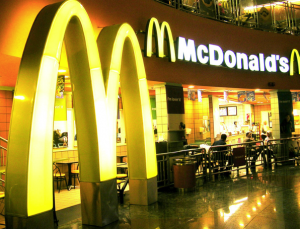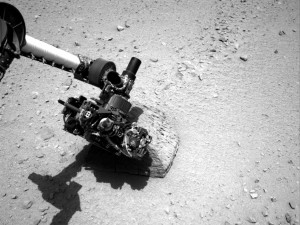Typically contrast in MRIs is enhanced by the metal gadolinum, but gadolinium is harmful to a subset of patients with kidney diseases. Other contrast agents use nitroxide radicals, but in the body nitroxides are rapidly reduced and don’t allow for very good contrast enhancement because of this. Researchers have developed an all organic MRI contrast agent that overcomes this problem. They have developed a nitroxide based contrast agent that is all organic and enhances contrast in mice. From CEN:
Andrzej Rajca of the University of Nebraska, Lincoln, and his colleagues saw an opportunity to develop improved organic radical contrast agents. Before building the contrast agents, the team synthesized nitroxide molecules with bulky spirocyclohexyl groups to make the radicals less reactive and give them longer lifetimes inside the body. In preliminary tests in water solutions, Rajca’s team found that an ascorbate reducing agent reacts with these more hindered molecules half as fast as with less hindered nitroxides.
They attached the hindered nitroxides to dendrimers, but soon discovered that the resulting polymers were nearly insoluble in water. To make the dendrimers more soluble, they decorated the dendrimers with hydrophilic polyethylene glycol polymers.
The resulting organic contrast agents have relaxivities that are comparable to gadolinium. When the team injected the dendrimers into the bloodstreams of mice, the agents lasted for at least 90 minutes, which is a useful lifetime for imaging, Rajca says.

